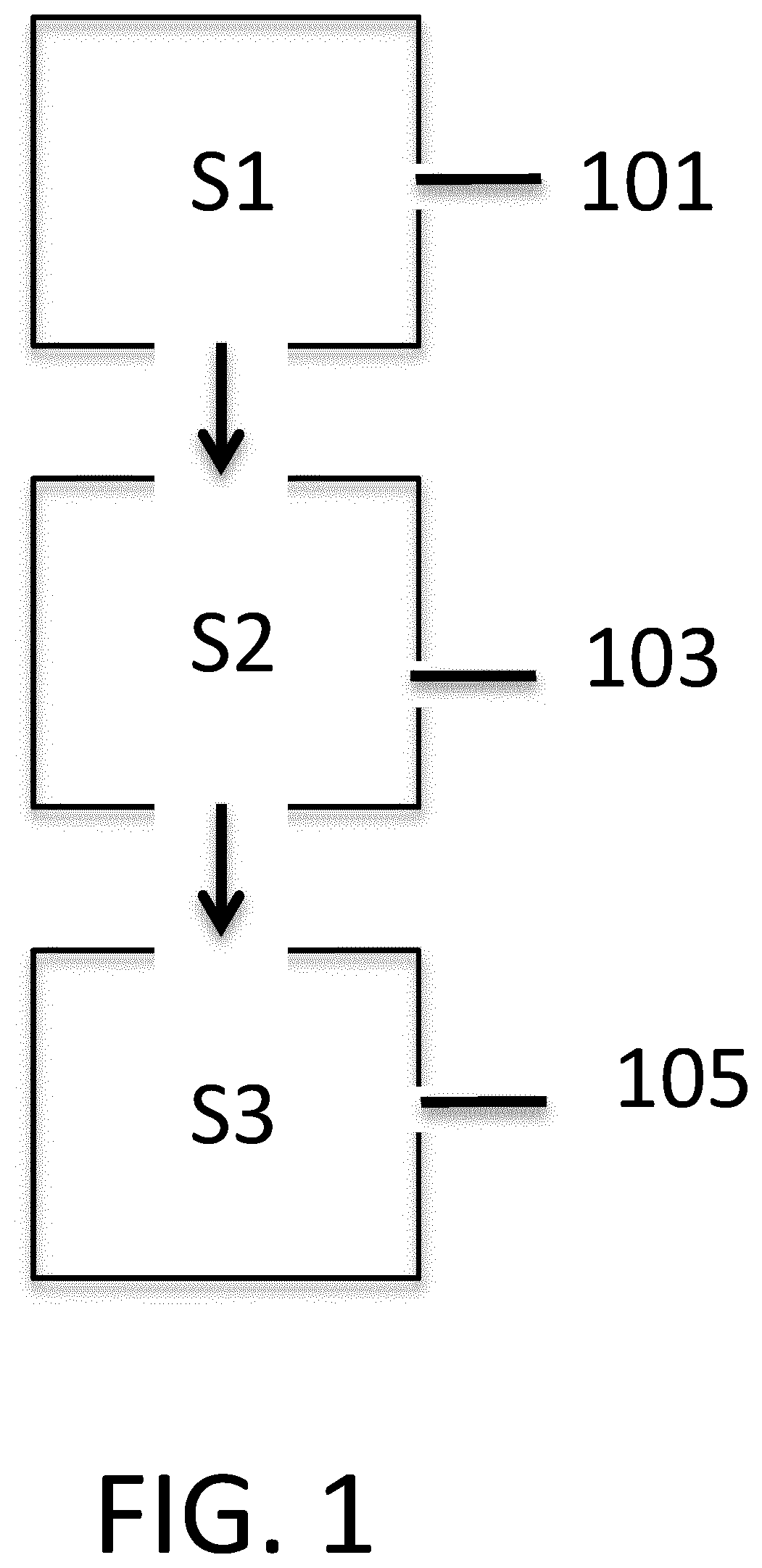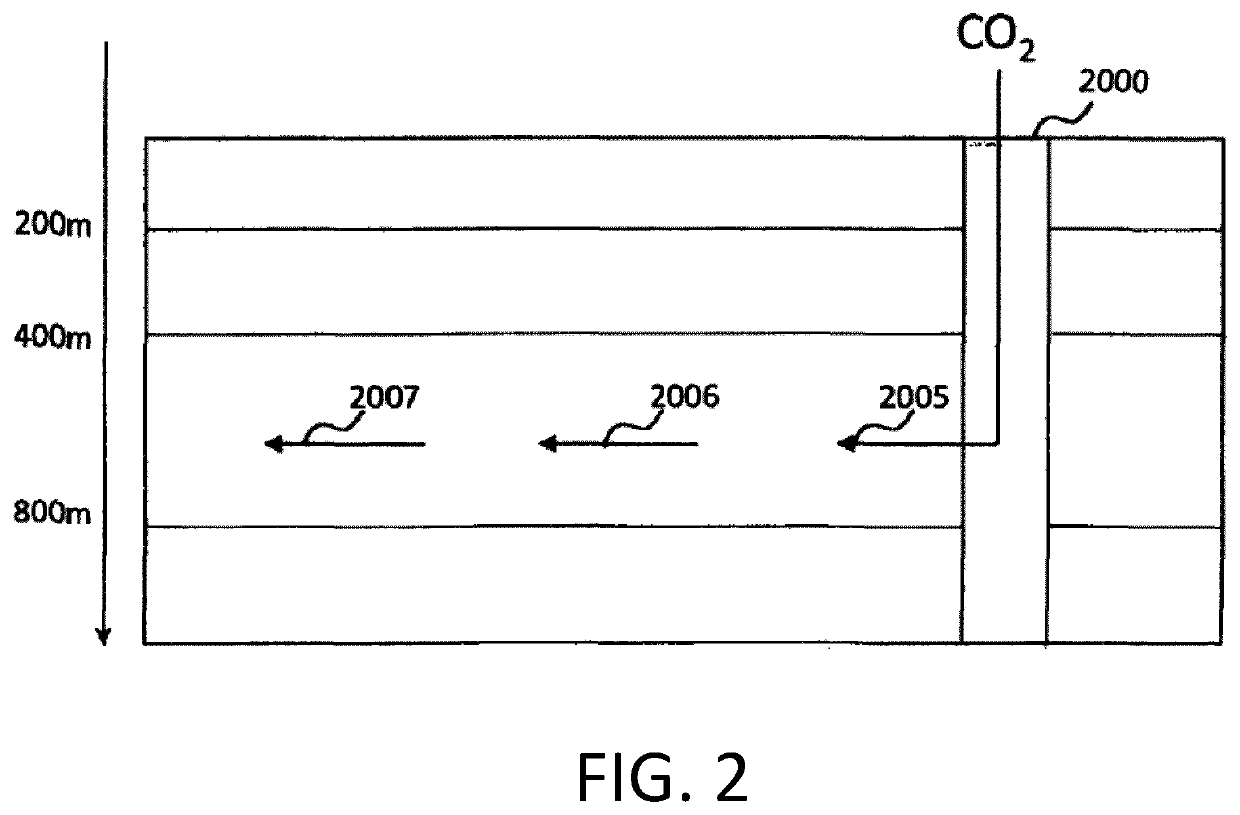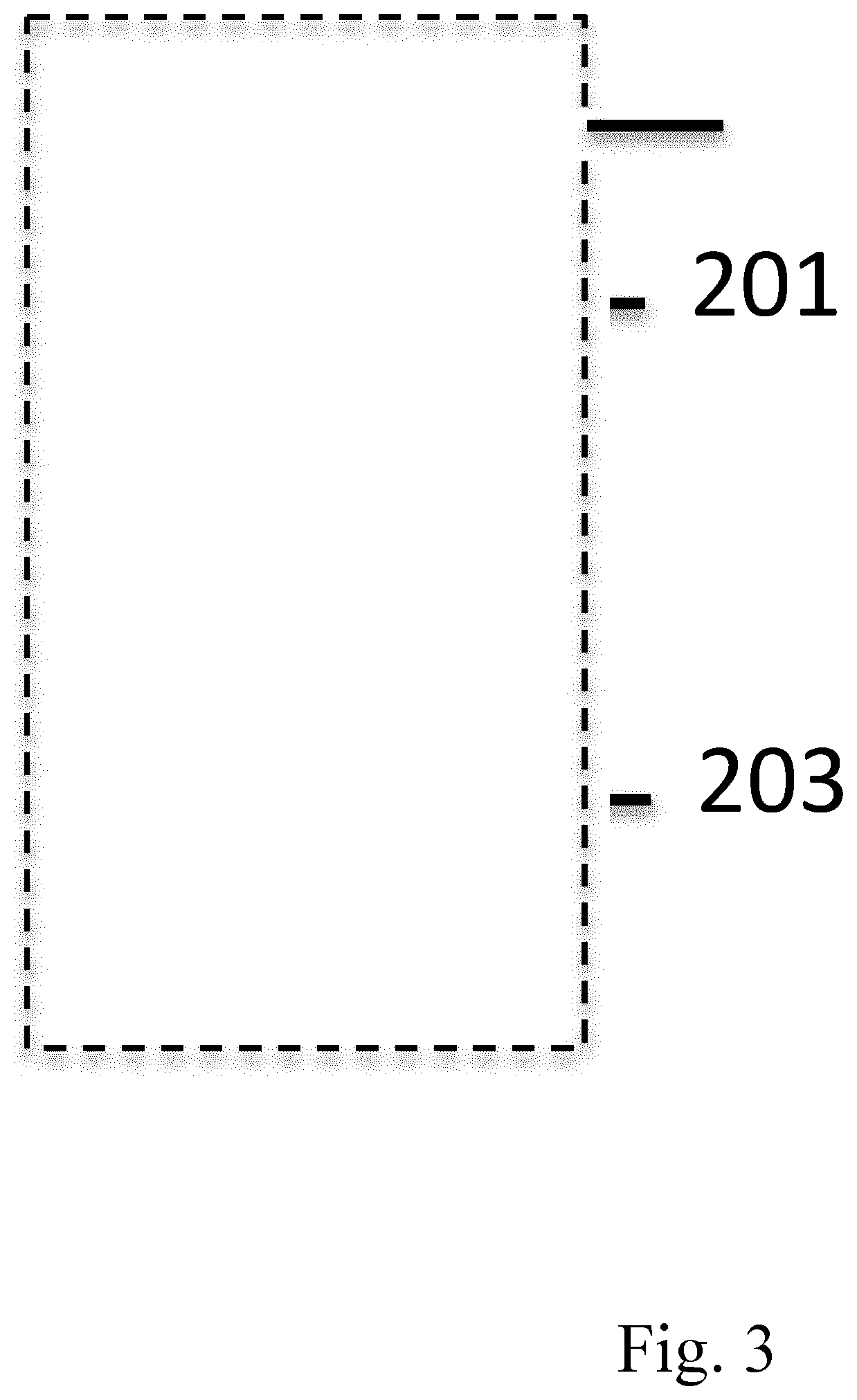A method of abating carbon dioxide and hydrogen sulfide
a technology of which is applied in the field of abating carbon dioxide and hydrogen sulfide, can solve the problems of high price of cosub>2 /sub>, colorless, toxic and toxic hydrogen sulfide, and the characteristic odor of rotten eggs
- Summary
- Abstract
- Description
- Claims
- Application Information
AI Technical Summary
Benefits of technology
Problems solved by technology
Method used
Image
Examples
example 1
[0148]0.07 kg / s of CO2 comes from the gas purification unit or a gas separation station of a geothermal power plant. The initial pressure of the gas is 30 bar. For the transportation of the gas to the injection well a pipe is selected with outer diameter (OD) 40 mm, resulting in a pressure drop of 1.45 bar. Including other pressure losses it is assumed that the pressure at the well head is 28 bar. For the injection a pipe with OD 32 mm is selected resulting in pressure drop of 0.41 bar, but due to gravity the pressure head at the merging point will increase by 1.1 bar and the pressure at the merging point will be 28.6 bar.
[0149]The injection pipe is a pipe with OD 75 mm and needs a volumetric flow rate of 1.94 kg / s of water to dissolve the gaseous carbon dioxide. The pressure drop under those conditions is 0.51 bar / 100 m. Therefore, the water column in the injection pipe will be approximately 13 m above the water level in the well due to the pressure drop down to the merging point. ...
example 2
[0151]In this example, the partial pressure of carbon dioxide is selected to be 25 bar downhole. This means saturation at 25 bar pressure or 36 g CO2 pr. kg water at 17° C. At this temperature and pressure the volume of carbon dioxide is approximately 20 times the volume of the equivalent mass of water at atmospheric pressure. For the water to be able to pull the gas downwardly, the volume of the gas should not exceed the volume of the water, preferably be much smaller. For the water to be able to bring the gas downward in the pipe, the water pressure at the gas release point (merging point) should preferably be near the saturation pressure of 25 bar. If however a sufficient volumetric water flow rate is maintained it is possible to have the pressure lower. Part of the gas will dissolve in the water and the remaining gas will form small bubbles and travel with the water down the pipe. As the depth increases the bubbles become smaller as the pressure increases and the gas continues t...
example 3
[0152]In this embodiment, shown in FIG. 10, a monitoring well 610 is interlinked to the injection well 612 via a flow path 614, which may e.g. be a fracture in the geological reservoir. The implementation of this monitoring well 610 is to estimate the mineralization capacity of the CO2. The step of estimating comprises using one or more tracer substances for tracing the CO2 gas, or the water, or the carbon. Thus, one or more types of tracers may be added via an appropriate tracer source for tracing one or more of these in a controllable way such that the molar ratio between the CO2 gas, or the water, or the carbon, and the tracer substance(s) is pre-determined, i.e. the molar ratio is prefixed. This means that only one tracer can be used for tracing e.g. only CO2, or only C, or only water, or a combination thereof. As an example, SF5CF3 tracer, SF6 tracer or Rhodamine tracer may be implemented to track the dilution between the injected fluid and the ambient water in the reservoir as...
PUM
| Property | Measurement | Unit |
|---|---|---|
| pressure | aaaaa | aaaaa |
| pressure | aaaaa | aaaaa |
| pressure | aaaaa | aaaaa |
Abstract
Description
Claims
Application Information
 Login to View More
Login to View More - R&D
- Intellectual Property
- Life Sciences
- Materials
- Tech Scout
- Unparalleled Data Quality
- Higher Quality Content
- 60% Fewer Hallucinations
Browse by: Latest US Patents, China's latest patents, Technical Efficacy Thesaurus, Application Domain, Technology Topic, Popular Technical Reports.
© 2025 PatSnap. All rights reserved.Legal|Privacy policy|Modern Slavery Act Transparency Statement|Sitemap|About US| Contact US: help@patsnap.com



